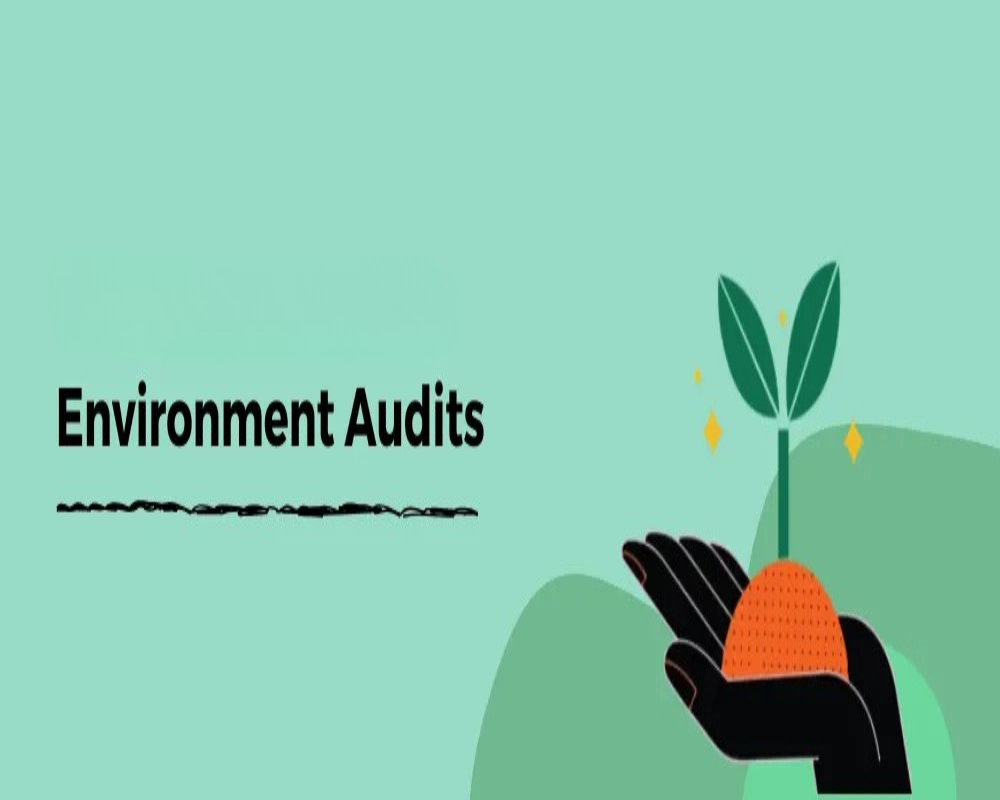Introduction
Environmental audit procedures are systematic, documented processes that assess an organization’s compliance with environmental laws, regulations, internal policies, and sustainability goals. Unlike environmental impact assessments that are usually conducted before a project begins, environmental audits are performed during or after operations have started. They serve as a diagnostic tool for identifying environmental risks, inefficiencies, and liabilities, while also highlighting opportunities for improvement. In commercial and industrial settings, these audits are critical for managing regulatory compliance, avoiding penalties, reducing operational costs, and demonstrating corporate environmental responsibility.
Purpose and Scope of Environmental Audits
The primary goal of an environmental audit is to evaluate how effectively an organization is managing its environmental responsibilities. This includes assessing legal compliance, reviewing environmental management systems, and ensuring that operations align with environmental performance goals. Audits can be voluntary, driven by corporate sustainability strategies, or mandatory, as required by environmental regulatory agencies, lending institutions, or legal settlements.
The scope of an audit can vary widely depending on the type and size of the organization, the industry sector, and specific regulatory obligations. Some audits focus strictly on compliance with air and water quality regulations, hazardous material handling, and waste disposal, while others adopt a broader perspective that includes energy use, greenhouse gas emissions, and resource efficiency.
Initiation and Planning
Environmental audits begin with a clear definition of objectives, scope, and criteria. This phase includes selecting the audit team—usually composed of internal auditors, external consultants, or a combination of both—and reviewing relevant documentation such as environmental permits, regulatory requirements, prior audit reports, and the facility’s environmental management system (EMS).
During the planning phase, auditors develop an audit protocol or checklist that outlines the specific environmental aspects to be reviewed. This protocol is tailored to reflect applicable laws, industry standards, and site-specific concerns. Risk-based prioritization often guides the focus of the audit, giving more attention to areas with higher regulatory exposure or known environmental risks.
Site Visit and Data Collection
The core of the environmental audit is the site visit, during which auditors collect firsthand information through observations, interviews, and data gathering. Auditors walk through the facility to inspect equipment, storage areas, waste handling practices, and pollution control systems. They assess whether materials are stored safely, emissions controls are functioning, and documentation is maintained properly.
Interviews with employees and environmental managers provide insights into operational procedures, training practices, and emergency preparedness. Auditors also examine monitoring records, chemical inventories, spill response logs, and maintenance schedules to evaluate compliance and performance trends.
Sampling and testing may be part of the process if there are concerns about soil, water, or air contamination. In such cases, samples are analyzed to verify that discharges and emissions meet regulatory thresholds.
Analysis and Evaluation
After the site visit, auditors analyze the collected data to determine the degree of compliance with legal requirements and internal policies. They identify both non-compliance issues (violations of laws or permit conditions) and non-conformance issues (failures to meet internal standards or objectives). Root causes are examined to determine whether issues arise from procedural gaps, insufficient training, equipment failure, or systemic weaknesses in environmental management.
Auditors also assess the organization’s risk exposure and the potential consequences of any deficiencies. These consequences may include fines, cleanup costs, damage to reputation, or operational disruptions. Where appropriate, they benchmark the facility’s performance against industry standards or best practices to highlight areas of competitive advantage or needed improvement.
Reporting and Recommendations
The findings of the audit are compiled into a formal report that provides a clear summary of observations, identified issues, and actionable recommendations. Each issue is usually categorized based on its severity and urgency, with guidance on corrective actions and timelines for resolution.
Recommendations might include implementing new control technologies, updating permits, revising training programs, enhancing monitoring procedures, or making capital investments in pollution prevention systems. The report may also suggest improvements in data management, internal audits, and reporting systems to strengthen overall environmental governance.
Follow-Up and Continuous Improvement
Environmental audits do not end with the issuance of a report. A follow-up phase is essential to verify that corrective actions have been implemented effectively and that improvements are yielding the desired outcomes. Organizations may establish corrective action plans, assign responsibilities, and conduct subsequent reviews or mini-audits to track progress.
In companies with mature environmental programs, audits become a recurring feature of a continuous improvement cycle. They serve not only as compliance checks but also as tools for advancing broader environmental performance, aligning with sustainability goals, and meeting the expectations of investors, regulators, and the public.
Conclusion
Environmental audit procedures are comprehensive evaluations that provide essential insight into an organization’s environmental practices and regulatory standing. By methodically examining operations, procedures, and documentation, these audits help businesses identify risks, uncover inefficiencies, and ensure adherence to legal and ethical environmental standards. Far from being merely a compliance exercise, environmental audits serve as strategic tools that support sustainable operations, build stakeholder trust, and drive continuous improvement. In an era where environmental accountability is increasingly tied to business resilience and competitiveness, mastering the audit process is vital for any forward-looking organization.
Hashtags
#EnvironmentalAudit #Sustainability #EcoFriendly #GreenBusiness #EnvironmentalCompliance #AuditProcedures #SustainablePractices #CorporateResponsibility #EnvironmentalManagement #EcoAudit #SustainabilityGoals #EnvironmentalImpact #GreenInitiatives #AuditProcess #EnvironmentalRegulations #SustainableDevelopment #EcoConscious #BusinessEthics #EnvironmentalAssessment #ClimateAction


